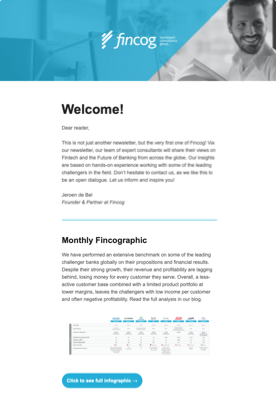In this blog based on our collaborative research together with BPC, we are looking into the market environment of Sub-Saharan Africa and the state of digital banks within the region. To access the full research for free visit: Digital Banking in Africa
Sub-Saharan Africa makes up a significant share of the global population with more than 1.1. billion people and demographically, constitutes the continent with the world’s youngest overall population.
The median age across the region according to data of the United Nations stands at about 19 years representing a true demographic outlier being 12 years younger compared to other continents and therefore provides an attractive target market for propositions of digital banks.
Reinforced by its youthful population, the regions internet and mobile penetration is growing rapdily. In recent years for example, there has been a drastic increase in the demand for investments of operators into network infrastructures.
While there are already an estimated half a million unique mobile subscribers across the region in 2021, the total mobile internet penetration of Sub-Saharan Africa remains considerably low with only 26% of the population in 2019. Due to the vast amount of people in the region still not connected to the mobile internet, Africa stands before the challenge to transform its mobile sector to serve both people and the economy. However, connectivity and network infrastructure have shown to not only signify tremendous importance for the economy but also the distribution of financial services and the pursuit of financial inclusion goals.
In fact, due to the low number of bank branches and ATMs across the continent as well as the absence of internet connections, the Sub-Saharan Africa region has been at the forefront of the mobile money industry for decades and developed into a global leader in mobile money innovation, adoption, and usage.
Limited access to banking calls for new solutions
A lack of overall banking infrastructure and the growing needs of a population keen to adopt a connected mobile economy has accelerated digital transformation across Africa and has spurred the development of some of the most innovative fintech solutions across the region such as MPesa, Africa’s biggest mobile money platform with more than 42 million customers.
Despite the progress that network operators and solutions like MPesa are making throughout Africa, the region remains a sleeping giant when it comes to accessing traditional bank accounts and affordable financial services.
In reality, 57% of Africans do still not have any kind of bank account, including mobile money accounts according to data of the World Bank. This translates to about 360 million adults in the region and approximately 17% of the total global unbanked population without access to formal financial services.
One of the underlying challenges in such enviornment are the low urbanization rates throughout the region. The World Bank estimates that an average of 41% of people are living in urban areas, well below the global average of 55%. Ethiopia and Rwanda record some of the lowest levels of urbanization with rates as low as 21% and 17% respectively. This also means that access to the physical network of bank branches and ATMs is limited and asks for new digital players to provide solutions for the market.
Digital Players are emerging
Despite the many challenges, Africa is fully embracing the potential of financial technology, there have also been several positive developments that give hope to steer towards a more financially inclusive environment.
In terms of banking, there has been a constant increasing in new launches of digital banks since 2012 growing from only 2 digital banks to 21 in 2021. This is in parts thanks to the establishment of Nigeria as a new hub for digital banking in Africa being home to 10 digital banks to date.
However, so far only a limited numbers of countries have been able to present themselves as an attractive market to new entrants. Namely South Africa and Nigeria account for approximately 80% of digital banks in the region with approximately 27 million customers.
Looking at individual players, one of the outstanding examples in digital banking thereby is TymeBank. A challenger bank founded with financial inclusion as a core business objective. Since it launched in 2018, the neo bank has onboarded over 4 million customers in just 3 years with its compelling proposition. Instances like thesetestify that even though it is challenging, there are ways to enter and succeed in this rather complex market environment.
How Fincog can help
Fincog is a leading strategy consultancy specialized in fintech and banking. We enable our clients with end-to-end consulting support in designing, building and scaling digital banks by combining the right mixture of knowledge in strategy and implementation.
If you would like to get in touch with us to see how we can best help you and your organization in your fintech endeavor, do not hesitate to reach out to us via info@fincog.nl.


